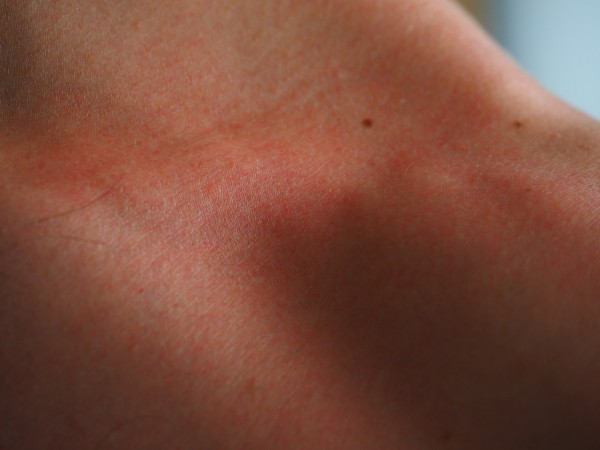Pale Melanomas Are Likely Linked To Inherited Albino Gene
Researchers from the University of Queensland, QIMR Berghofer Medical Research Institute, reported in PLOS One that people with pale-colored melanomas are more likely to have an inherited albinism-related gene.
The researchers used exome sequence data to look for suspicious genetic mutations that cause albinism in more than 380 volunteers, among which 28 individuals were amelanotic or have hypomelanotic melanoma.
Jenna Rayner, a dermatologist and researcher at the University of Queensland and a lead author of the study, said that individuals with pale melanoma have an over-representation of rare alterations affecting one copy albinism-related genes, which makes them more prone to developing pale-colored melanomas, called amelanotic. Since they already have a mutated albinism gene, these tumors are more likely to accumulate new mutations.
CHECK THIS OUT: From 'Gene Sequencing' To Successful Transplant: Nashawn Howard Is Now in His Treatment's 'Maintenance Phase'
These findings show that the presence of these gene-alterations can help in tracking down melanoma-susceptible individuals, especially those with pale melanoma, as they are more difficult to detect compared with people who have dark, pigmented melanoma. Early detection in susceptible individuals can also help with early intervention and improve patient outcomes.
According to senior and corresponding author Rick Sturm, a dermatology researcher at the University of Queensland's Diamantina Institute, up to eight percent of melanomas could be amelanotic, making diagnosis difficult can resemble non-cancerous conditions like warts or scars. This is also why amelanotic melanomas are typically diagnosed when it is already in the advanced stage and causing patients to miss out on early treatment and their best chance of a cure.

Amenalotic Melanoma
The most common signs of a melanoma is a new spot detected on the skin or a change in the size, shape, or color of an existing mole. Most computers see melanoma based on the classic ABCDEs for early melanoma recognition.
With amelanotic melanomas, which are usually skin-colored, its atypical presentation makes it harder to diagnose malignant melanoma. This delay in diagnosis can be dangerous for an individual since early detection of melanoma can have a better prognosis.
Early melanomas are almost always curable, but those that advanced beyond stage I are harder to treat. Amelanotic melanomas are more likely to metastasize and recur as compared to melanomas with typical features.
Albinism
Albinism is a rare inherited genetic disorder where there is little to no production of the pigment melanin, responsible for the color of the skin, hair, and eyes. As melanin also plays a role in developing optic nerves, people with albinism usually experience vision problems.
Due to their pale skin, people with albinism are more sensitive to the effects of the sun and are more likely to suffer skin damage and develop skin cancers.
Albinism develops when there are two mutated genes, one from each parent. According to Dr. Rayner, people with one mutation usually don't know they have it. With this study, doctors can be alerted to monitor potential amelanotic melanomas in people with one albinism gene mutation and develop more personalized medicine.
READ NEXT: A Brazilian City May Have Enough COVID-19 Cases to Reach Herd Immunity
Check out more new and information on Dermatology and Melanoma at MD News Daily.
Sep 24, 2020 07:00 AM EDT





